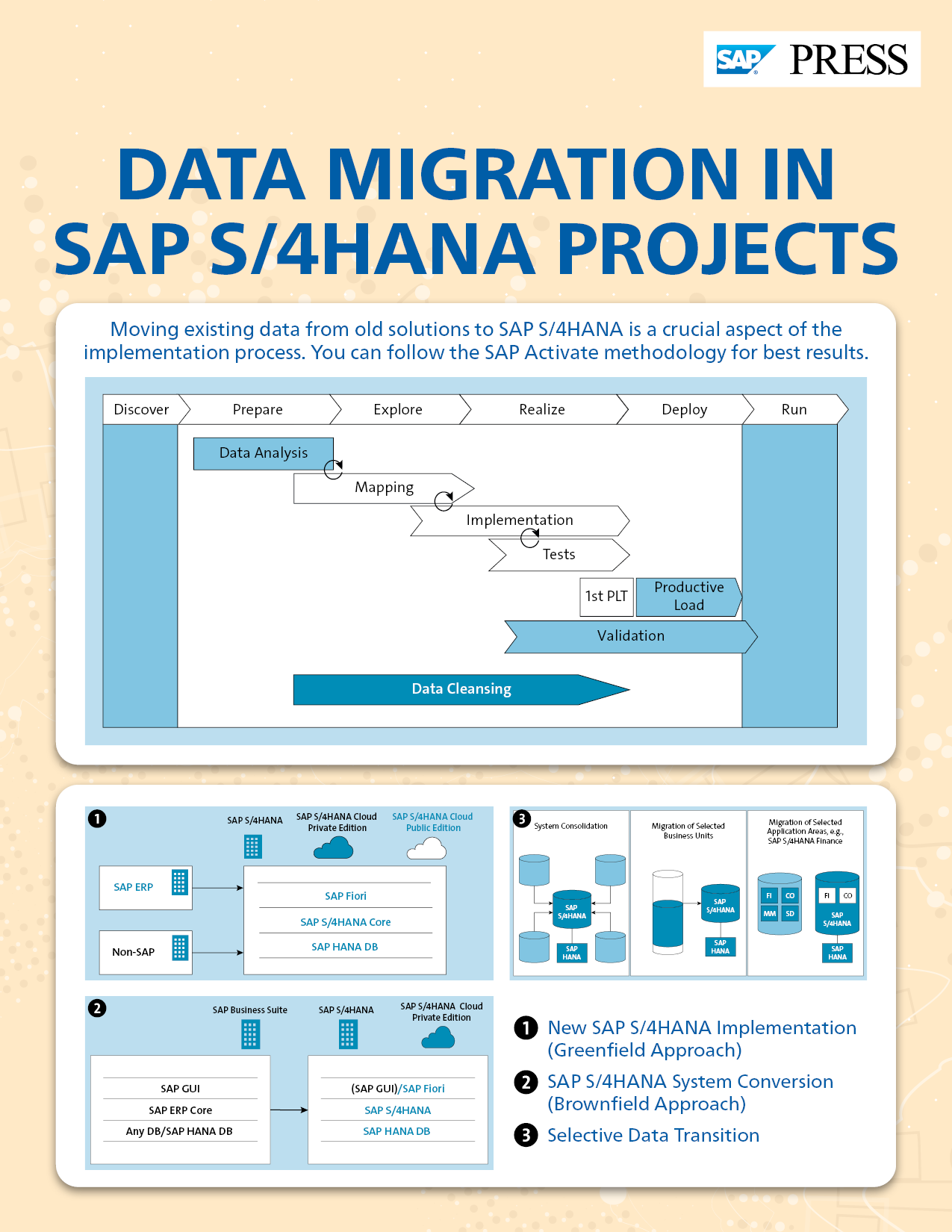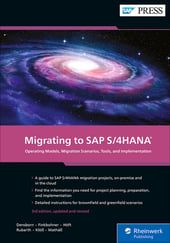The decision to implement SAP S/4HANA, SAP’s flagship intelligent ERP system, is a significant step for any organization.
One crucial aspect to consider during the planning phase of an SAP S/4HANA project is the time it will take to get SAP S/4HANA fully up and running. This duration can vary based on factors such as the implementation approach (greenfield or brownfield) and the deployment option (on-premise or cloud). In this post, we’ll explore the timelines associated with SAP S/4HANA implementations, shedding light on the greenfield and brownfield approaches for both on-premise and SAP S/4HANA Cloud.
Greenfield SAP S/4HANA Implementations
The term “greenfield implementation” means a fresh start on SAP, where organizations adopt SAP S/4HANA without any legacy system conversion (think of purchasing a brand-new piece of land for a building, with nothing but green grass around). Below provides an overview of the implementation timelines for both SAP S/4HANA Cloud and on-premise SAP S/4HANA.
SAP S/4HANA Cloud
The cloud deployment option is definitely the fastest of the two. SAP S/4HANA Cloud leverages SAP’s pre-configured best practices, which reduces the need for extensive customization of a system. Implementations can often be completed within a few months, allowing organizations to realize the benefits of SAP S/4HANA quickly.
On-Premise SAP S/4HANA
Implementing SAP S/4HANA in a physical instance will naturally take longer than the cloud project, due to the need for infrastructure setup, hardware installation, and customizations. The duration may vary based on the complexity of business processes and the scope of the implementation. Generally, it can take anywhere from several months to a year or more to get SAP S/4HANA fully functional, depending on unique factors like organizational size, project resources, and the level of customization required.
Brownfield SAP S/4HANA Implementations
The term “brownfield implementation” means transitioning from an existing SAP system (such as SAP ERP) to SAP S/4HANA, preserving the existing system's data, configurations, and customizations. You can think of it as tearing down your existing building and using the exposed, brown dirt lot for your new building. Let's explore the timelines associated with brownfield SAP S/4HANA projects.
SAP S/4HANA Cloud
Like the greenfield implementation, brownfield implementations of SAP S/4HANA Cloud typically offer faster timelines compared to on-premise projects. By leveraging the SAP S/4HANA migration cockpit and other standard migration templates, data migration can be streamlined. Depending on the complexity of the existing system and data, a brownfield implementation of SAP S/4HANA Cloud can take several months to complete. For select preconfigured cloud solutions, this timeframe can sometimes be shortened to weeks.
On-Premise SAP S/4HANA
Brownfield implementations of on-premise SAP S/4HANA generally require more time than greenfield due to the complexities of system conversion and data migration. The duration depends on many factors, such as data volume, system complexity, and the need for custom code adaptation to ensure things keep running the way they have in the old system. It can range from several months to a year or more, depending on the project's scope and scale.
Conclusion
The duration of an SAP S/4HANA implementation will vary based on whether you choose a greenfield or brownfield project type, and whether you choose on-premise or SAP S/4HANA Cloud. Greenfield implementations generally take longer, with on-premise projects having more customization requirements. In contrast, cloud deployments offer faster timelines by leveraging pre-configured best practices. Brownfield implementations involve system conversions and data migration, which can extend the implementation duration, but cloud environments expedite the process.
It's important to note that these timelines are general estimates. If you’re in need of more-specific timelines, it’s suggested you work with an SAP partner on your project, since they will be able to take a look at your specific needs and come up with a tailored plan. No matter what route you take, however, organizations should carefully plan and allocate resources to ensure a successful SAP S/4HANA implementation.
Learn more about the different versions of SAP S/4HANA here.





Comments